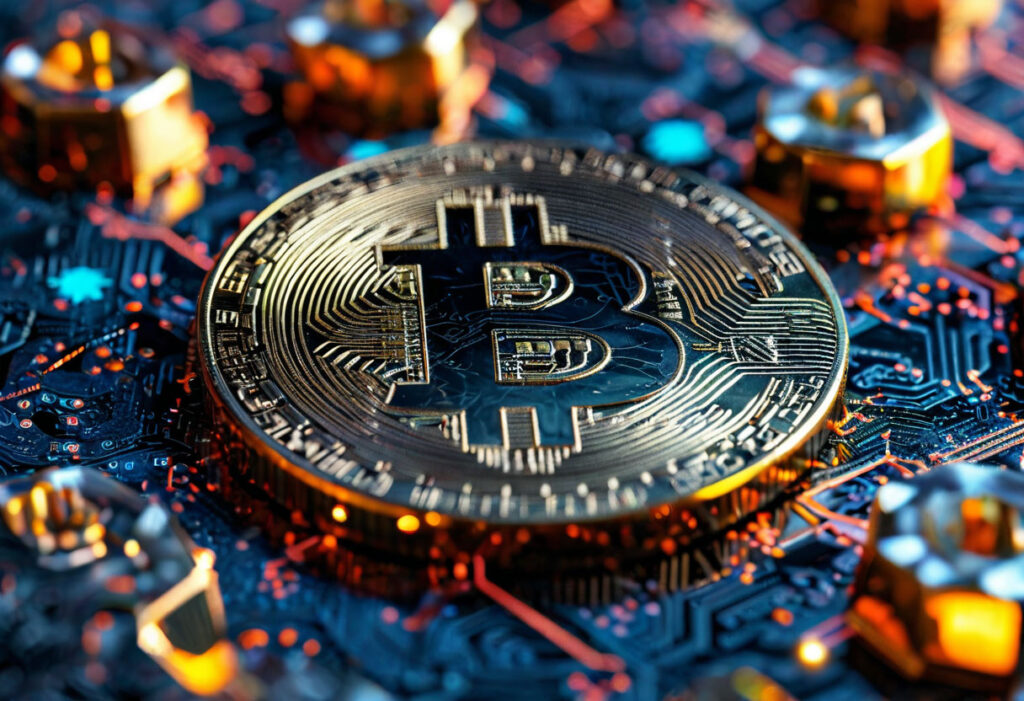The Escalating Crisis of Lost Ether and Cryptocurrency Security
The cryptocurrency sector faces significant challenges with the irreversible loss of Ether (ETH) and increasing security threats. Conor Grogan, Coinbase’s head of product, reports approximately 913,111 ETH, worth $3.43 billion, lost due to user errors and technical issues. This situation underscores the critical need for enhanced digital asset management and robust security protocols.
Understanding Ether Loss and Security Risks
Ether losses primarily stem from:
- Irreversible transactions due to user oversight
- Smart contract vulnerabilities
- Insufficient awareness of crypto security best practices
Since March 2023, lost Ether has surged by 44%. High-profile cases, including the Web3 foundation’s Parity Multisig bug and Quadriga’s flawed contract, highlight systemic risks within the ecosystem.
The Rise in Cryptocurrency Thefts and DeFi Vulnerabilities
In 2025, thefts in the sector surpassed $3.1 billion, with DeFi platforms as the main targets. Attackers now exploit human and procedural weaknesses more frequently, indicating a shift in threat evolution.
AI’s Impact on Security Challenges
The integration of AI and LLMs into Web3 has complicated security, with AI-related breaches increasing by 1,025% since 2023. This trend highlights the urgent need for cutting-edge defensive strategies.
Case Study: The CoinDCX Breach
The CoinDCX incident, leading to a $44 million loss, illustrates the vulnerabilities in crypto exchanges. The breach, executed via a compromised internal account, stresses the importance of strengthening internal security measures.
Strengthening Security Measures
To improve cryptocurrency security, consider the following steps:
- Select exchanges with rigorous security certifications
- Activate two-factor authentication for additional security
- Store significant holdings in hardware wallets
Looking Ahead: The Future of Crypto Security
As the cryptocurrency domain evolves, advancing security measures and regulatory frameworks is vital. These advancements are key to reducing future risks and ensuring the ecosystem’s durability.

